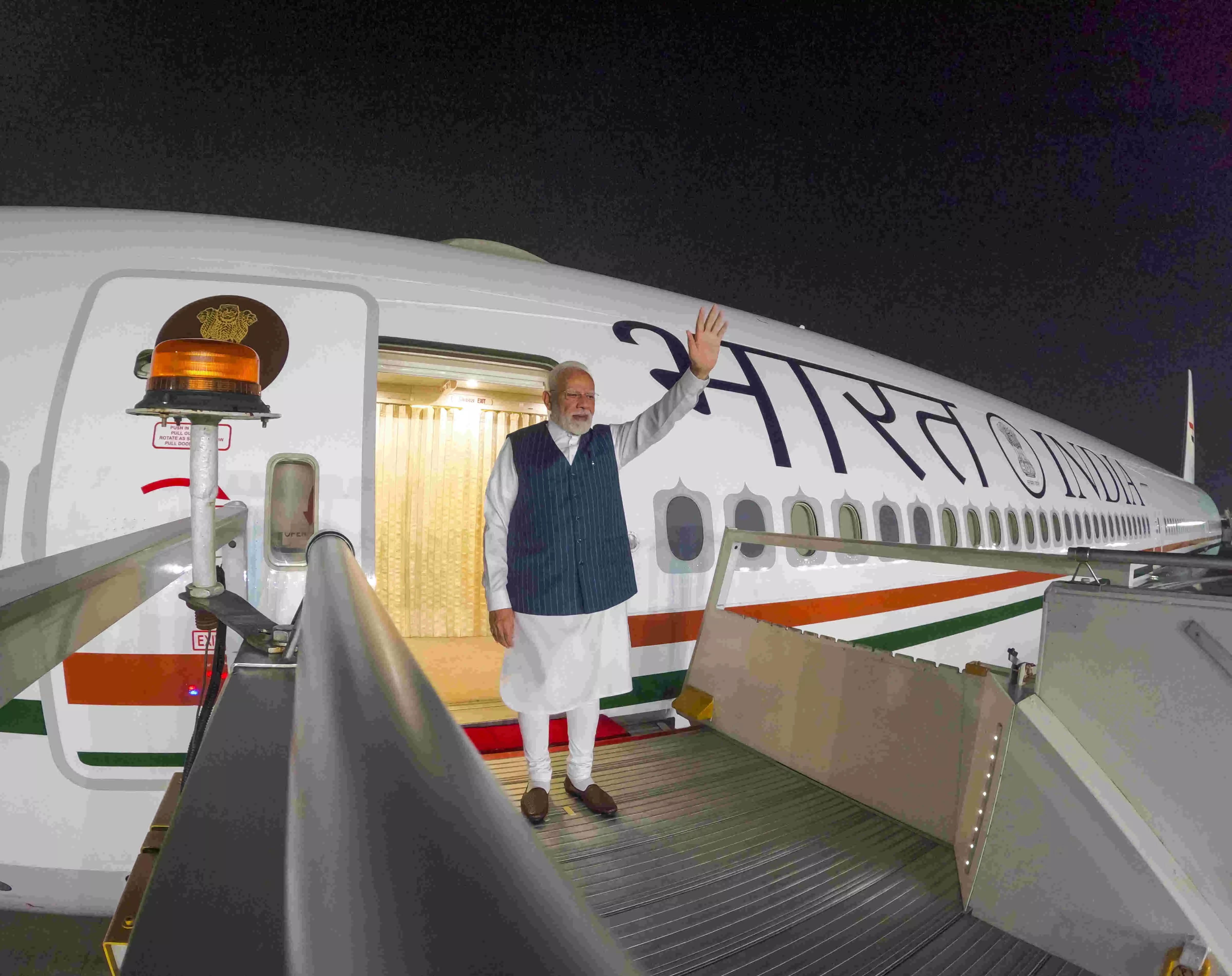Spirit of the Indo-Pacific

In diplomacy, there are moments that shimmer beyond the mechanics of protocol — moments when the meeting of two leaders speaks to the arc of history itself. Prime Minister Narendra Modi’s two-day visit to Japan for the 15th Annual Summit with his counterpart Shigeru Ishiba is one such moment. It is more than a routine engagement between two governments; it is a continuation of a dialogue across seas and centuries, across cultural ties and strategic convergences. The visit, Modi’s first standalone bilateral trip to Japan in nearly seven years, comes at a time when the Indo-Pacific is both turbulent and full of opportunity. Against this backdrop, the India-Japan summit offers a canvas on which two democracies can redraw their shared vision of stability, prosperity, and peace. The relationship between India and Japan has always carried a quiet depth. It is not defined by dramatic shifts, but by steady and deliberate steps that add layers of trust. From Shinzo Abe’s visionary “Confluence of the Two Seas” speech in the Indian Parliament in 2007 to Emperor Akihito and Empress Michiko’s historic 2013 visit to India, the story of this partnership has been punctuated with symbolic milestones. Japan’s role as India’s foremost development partner, visible in projects like the Mumbai-Ahmedabad High-Speed Rail corridor, demonstrates its faith in India’s economic future. India, in turn, has become an indispensable anchor in Japan’s Indo-Pacific outlook, offering not just markets and manpower, but also a shared commitment to democratic values and a free, rules-based order. Over the years, this relationship has transcended ceremonial warmth to become a pillar of regional security and economic dynamism. The last decade has seen this partnership mature and diversify. Japanese investment pledges worth trillions of yen have supported clean energy, industrial competitiveness, and critical infrastructure in India. The symbolism of Modi unveiling a statue of Mahatma Gandhi in Hiroshima last year, or Kishida’s repeated visits to India for both bilateral and multilateral forums, reflects the personal diplomacy that has nurtured this bond. In September 2023, coordination between the two leaders during India’s G20 presidency further showcased their ability to align global priorities. As recently as June 2024, at the G7 Summit in Italy, the two leaders marked ten years of their “Special Strategic and Global Partnership.” These interactions underline the fact that India-Japan ties are not episodic, but enduring — sustained by political will, strategic necessity, and cultural empathy.
Yet, the present summit holds a special place. It is Modi’s first annual meeting with Prime Minister Ishiba, a leader known for his security-centric worldview and emphasis on regional balance. It is also Modi’s eighth visit to Japan since taking office in 2014, underscoring the high priority India accords to this relationship. The agenda is wide-ranging: from reviewing progress in trade and technology, to discussing regional security challenges, to exploring new collaborations in semiconductors, startups, and clean energy. A business leaders’ forum will bring together industrialists from both nations, reinforcing the economic bedrock of the partnership. The visit outside Tokyo will add a personal dimension, away from the capital’s formality, and highlight the human connect that has always characterised India-Japan relations. Trade and investment figures reflect both promise and imbalance. Bilateral trade reached $22.8 billion in 2023–24, but India’s imports from Japan continue to outweigh its exports. Machinery, steel, and electronic components dominate Japanese exports to India, while India sends chemicals, vehicles, aluminium, and seafood in return. More than 1,400 Japanese companies operate in India, compared to around 100 Indian firms in Japan — a disparity that calls for more reciprocal expansion. Still, Japanese companies consistently rank India as a promising long-term destination, with profitability rates and expansion plans running high. For India, attracting Japanese technology and capital is essential for building resilient supply chains and boosting competitiveness; for Japan, India offers a vast consumer base and a partner whose economic rise can secure Asia’s balance of power.
This summit also takes place in the shadow of shifting geopolitics. From Tokyo, Modi will head to Tianjin for the Shanghai Cooperation Organisation Summit, an arena dominated by China and Russia. The juxtaposition is stark: in Japan, India engages a trusted democratically; in Tianjin, it navigates the complexities of a Eurasian bloc often sceptical of Western democracies. India’s ability to move between these spaces reflects the pragmatism of its foreign policy — engaging where necessary, but anchoring itself firmly with like-minded partners like Japan. The Indo-Pacific, after all, is at the heart of this balancing act. Both nations are acutely aware of China’s growing assertiveness and the vulnerabilities of global supply chains. Their cooperation in defence, technology, and energy is not merely about bilateral growth but about safeguarding regional stability. As Modi and Ishiba take stock and chart the road ahead, the summit promises to reinforce not only bilateral trust but also their shared vision for the world. Initiatives in tourism, environment, and digital innovation will open new doors, while the reaffirmation of existing projects will strengthen continuity. In a region where uncertainty often dominates headlines, the India-Japan partnership shines as an example of resilience, foresight, and shared values. This is why it is rightly called a “Special Strategic and Global Partnership.” It is a bond that has weathered decades, adapted to new realities, and today stands as a cornerstone of the Indo-Pacific’s promise.



